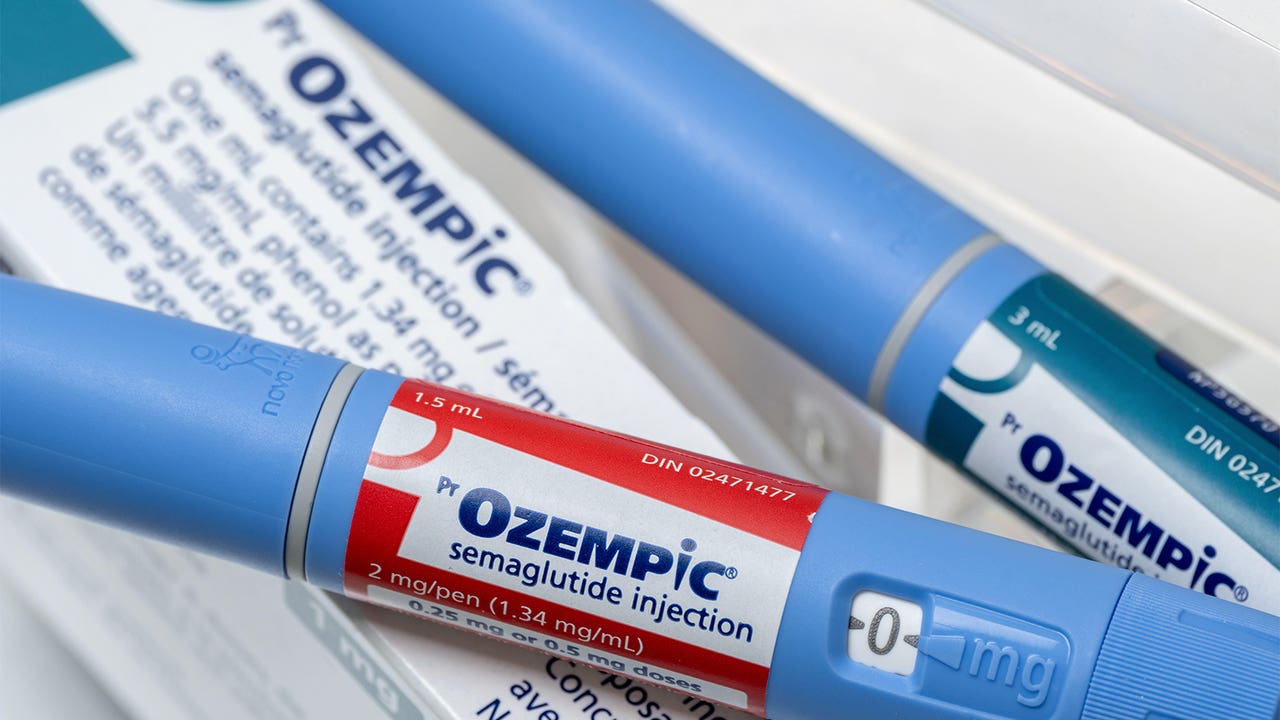In the last 40 years, the increase in prostate cancer cases in Europe can only be described as ‘dramatic’. Looking at the data, it can be seen that this disease has gone from affecting 89.6 Europeans per 100,000 in 1985 to affecting 385.8 in 2007.
And yet, over these four decades, there have been very few (if any) changes in mortality. What’s going on here?
A Long-Debated Problem
Until now, the evidence was partial and of varying quality. Therefore, a European research team led by Salvatore Vaccarella from the International Agency for Research on Cancer decided to study the problem on a large scale.
To do this, they analyzed incidence and mortality data from 26 European countries (19 of them EU members) between 1980 and 2017. They discovered that, indeed, the incidence has grown disproportionately. They also found that the peak in the number of cases occurred in the mid-2000s and, since then, it has slightly decreased in many countries (although they remained very high and, in the last five years studied, they grew again).
Stark Differences
According to the researchers, for all the countries studied:
- Incidence increased from 89.6 per 100,000 men in 1985 to 385.8 in 2007
- Mortality increased from 23.7 per 100,000 in 1983 to 35.6 in 2006

The Role of Screening
The explanation lies in screening, specifically the PSA (prostate-specific antigen) test, which has become the default screening method in recent decades.
The PSA test measures the amount of ‘prostate-specific antigen’ in the blood. In general, this protein is produced by both normal and malignant (cancerous) prostate cells, but levels are usually elevated only in people with this type of cancer.
The problem is that it is a very sensitive test, but not very specific. That is, patients with prostate cancer have elevated PSA, but the fact that PSA is elevated does not mean that one has cancer (and, in fact, it is quite likely that one has something else). Screening, therefore, tends to overdiagnosis.
Overdiagnosis and Its Consequences
As Rafael Marcos-Gragera from the Catalan Institute of Oncology points out in SMCes, the data suggest “that many of the cancers detected could be harmless and would not have impacted patients’ lives if they had not been diagnosed.”
Overdiagnosis may seem like a minor issue, but “it carries risks such as unnecessary treatments, deterioration in quality of life, and inefficient use of health resources.” In other words, when we talk about prostate cancer, the available evidence tells us that the tests we use cause many more problems than we would like.
The Future of Screening
“The future of screening,” said Marcos Luján, head of urology at the Infanta Cristina Hospital, “currently involves including tests that reduce overdiagnosis, such as the use of magnetic resonance imaging (although its viability in terms of costs may be a limitation).”
In other words, the future of screening (for this or other diseases) is to achieve sensitivity and specificity. The good news is that we are starting to discuss this issue once and for all.




